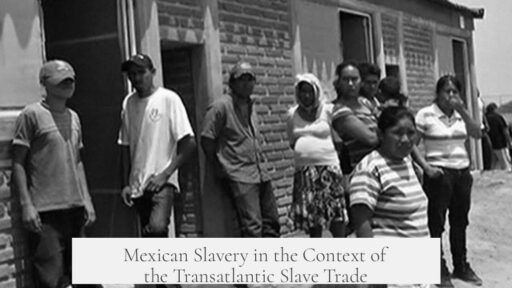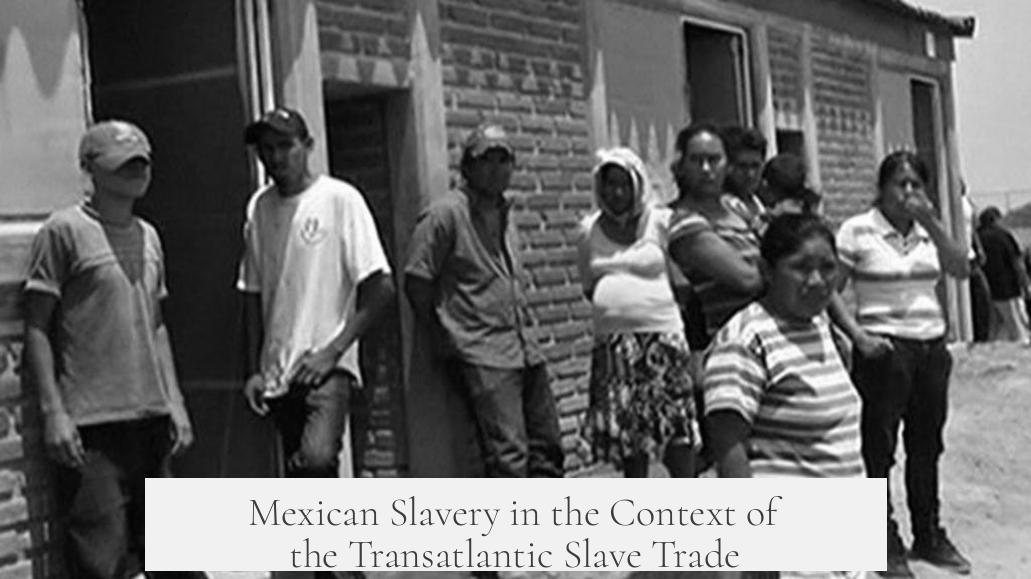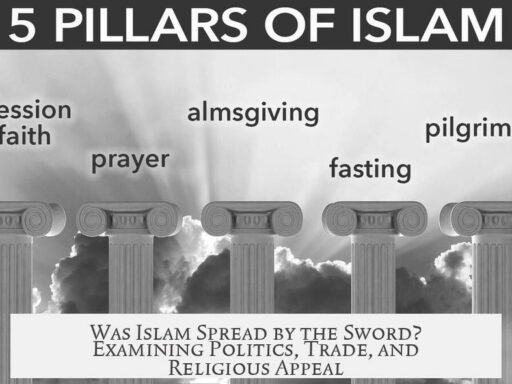There were indeed individuals from Mexican territories who experienced forms of enslavement during the history of the transatlantic and colonial slavery trades, but this occurred under very different social and legal contexts than the chattel slavery commonly associated with African slaves in Anglo-American colonies.
To clarify, the concept of “Mexican slaves” requires careful distinction between native peoples indigenous to the lands now known as Mexico and Mexican Americans following the 1848 Treaty of Guadalupe Hidalgo.
Before European colonization, native peoples in what is now Mexico lived in large, sophisticated civilizations. Upon European arrival, many of these indigenous groups were enslaved. Early colonizers forced native Americans across both North and South America into servitude. Over time, European powers increasingly imported African slaves, whose numbers came to overshadow native populations in slavery systems. This initial enslavement of Native Americans forms a critical part of the historical context.
Legally, Latin America (including Mexico) had a different approach from the British American colonies. Slavery was often formally prohibited under colonial Spanish and Mexican law, though enforcement was inconsistent. Instead of outright chattel slavery, a caste system named the Casta system developed, which categorized individuals across a spectrum of racial mixtures. This system allowed for more integration of native peoples into society, unlike the rigid racial binary or tripartite divisions (European, African, Native) typical in British colonies.
Following the Mexican-American War, the 1848 Treaty of Guadalupe Hidalgo granted U.S. citizenship—classified as “white” in censuses—to Mexicans residing in newly annexed territories. This legal classification barred Mexican Americans from being enslaved under U.S. law. Although discrimination persisted, Mexican Americans acquired the same legal protections as free citizens, precluding them from the official slave trade and chattel slavery prevalent elsewhere.
| Group | Enslavement | Legal Status Post-1848 | Social Context |
|---|---|---|---|
| Indigenous Peoples (Pre-European & Colonial) | Enslaved by early Europeans | Varied by region and period | Integrated culturally in Latin America (Casta system) |
| African Slaves | Brought extensively to Americas | Core group in transatlantic slave trade | Subject to chattel slavery with harsh legal codes |
| Mexican Americans (Post-1848) | Not legally enslaved under U.S. law | Classified as white, granted citizenship | Faced discrimination but had legal protections |
There is also documented evidence of Mexican prisoners of war being subjected to forced labor during military conflicts such as the Texas Revolution. After the Battle of San Jacinto, some Mexican POWs were leased to families in Texas and beyond. A notable example includes a Mexican prisoner leased to Governor John Quitman of Mississippi, who kept him employed on a plantation post-release. While not part of the formal transatlantic slave trade, these cases reflect instances of coercive labor linked to individuals of Mexican origin.
It is important to distinguish such forced labor or prisoner leasing from the institutionalized African chattel slavery system, which involved legal ownership and hereditary bondage. Mexican Americans, classified as white under U.S. law, did not legally experience chattel slavery post-1848, though their indigenous ancestors were subjected to early enslavement during Spanish colonization.
Historical slavery in the Americas shows wide regional variation. Native Americans in Latin America were often absorbed into society through mixed-race caste systems. In contrast, British colonies implemented strict racial divisions with African slavery as a foundational institution. This difference explains why Mexican Americans were exempt from enslavement under U.S. jurisdiction, while African slavery continued for decades.
In summary, while native peoples in the geographic areas now called Mexico were enslaved by Europeans in early colonial times, Mexican Americans as a legal group did not experience slavery as defined under U.S. law after 1848. Occasional forced labor or prisoner leasing incidents during regional conflicts represent isolated cases rather than systemic slavery tied to Mexicans.
- Early European settlers enslaved native peoples in Mexican territories.
- Latin American legal systems generally prohibited formal chattel slavery, relying on caste hierarchies instead.
- Post-1848 Treaty of Guadalupe Hidalgo Mexicans in U.S. territories were legally free citizens classified as white.
- Mexican prisoners of war were sometimes leased as forced labor, distinct from traditional slavery.
- Complex racial and social systems in Latin America contrast with British-American slavery frameworks.
Were there any Mexican slaves during the slavery trade?
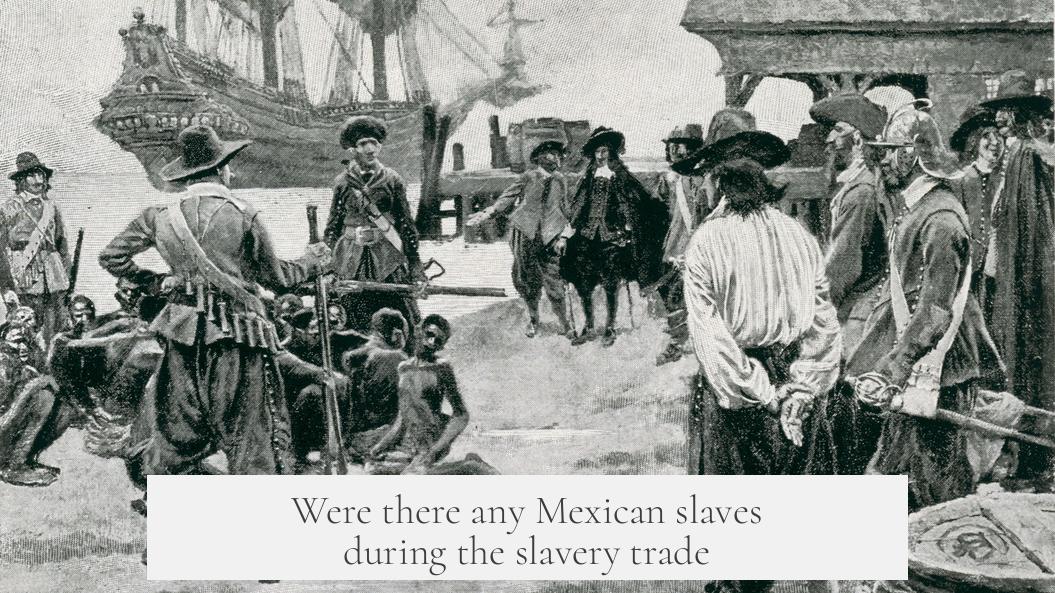
Let’s get straight to the point without beating around the cactus: yes, native peoples from areas now known as Mexico were enslaved during the early periods of European colonization in the Americas. However, the story is complex and often misunderstood, tangled in legal, social, and cultural webs that vary significantly from the classic image of slavery in British North America.
If you’ve ever wondered, “Were there any Mexican slaves during the slavery trade?” you’re about to get a thorough—and slightly quirky—history lesson filled with facts you probably won’t hear late at night over campfires. So, buckle up.
The Treaty of Guadalupe Hidalgo and the Legal Status of Mexican Americans

One important watershed moment is the Treaty of Guadalupe Hidalgo in 1848. This treaty ended the Mexican-American War and transferred large swaths of land—including Texas, Arizona, New Mexico, and California—from Mexico to the United States. Here’s a surprising fact: Mexicans living in these regions were legally reclassified as “white” for census and legal purposes.
Yes, you read that right. From a legal standpoint, in the new American southwest, these Mexican Americans could not be enslaved under U.S. law post-1848. While they faced plenty of racial discrimination—come on, prejudice doesn’t care for legal papers—they enjoyed formal legal protections as free citizens. They couldn’t be bought, sold, or traded as chattel slaves, at least not officially. So, if your mental image was of Mexican slaves under the American slavery trade, that’s a no-go after this treaty.
But What about Before 1848? The Early Days of Enslavement
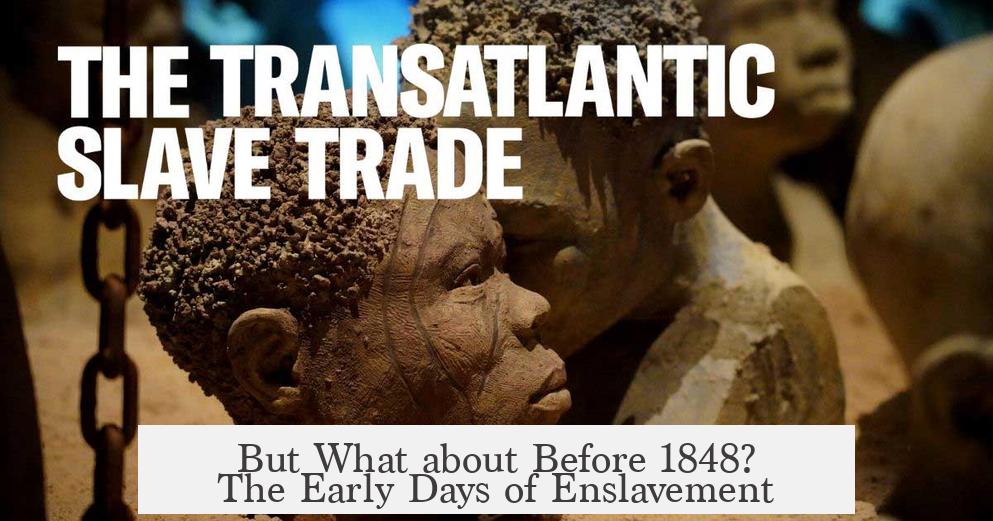
Let’s rewind. Europeans didn’t start with African slaves right away. When the Spanish and other Europeans landed in the Americas in the 1500s, they enslaved the native peoples they encountered, including those in the territories now called Mexico.
This early system predates the large-scale African slave importation. Native Americans were indeed captured, coerced, and forced into labor. They worked in mines, plantations, and even domestic service as part of colonization efforts. However, the horrific death toll from disease, forced labor, and conflict dramatically shrank native populations over time, making native American slaves less economically viable.
Meanwhile, the transatlantic slave trade was ramping up, bringing Africans in vast numbers. Consequently, the native slave population declined, and African enslavement became the dominant system, particularly in British colonies.
Mexican Slavery vs. British-American Slavery: A Legal and Social Difference
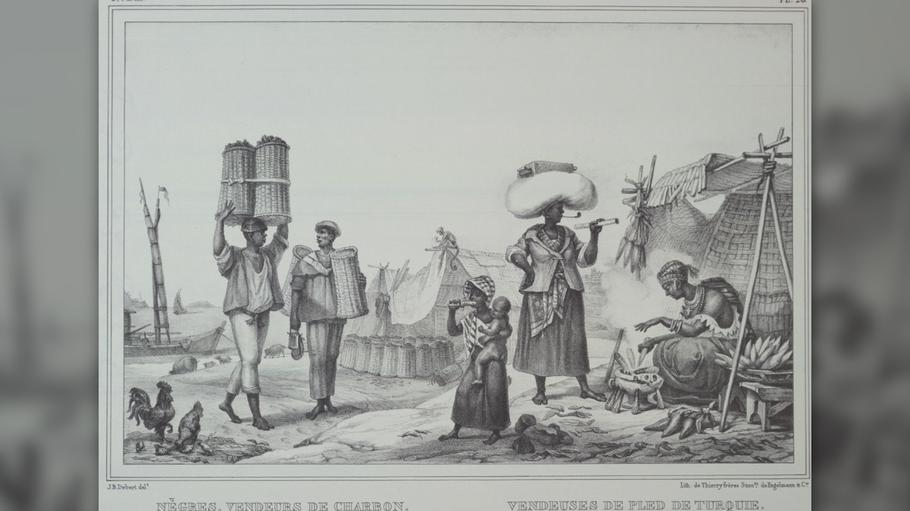
Here’s where the plot thickens: slavery in Latin America (including Mexico) operated under very different legal and social systems than it did in what became the United States.
Officially, Latin American regions, Mexico included, forbade slavery at various times or at least had stricter regulations. The Spanish crown, for example, passed laws intending to protect indigenous peoples, though enforcement was lax and exploitation rampant. This contrasts sharply with the British colonies, where slavery was constitutionally codified and had a rigid legal framework designed to make Africans and their descendants chattel property.
In Latin America, the native populations were often integrated into colonial society, albeit at lower social tiers. Complex racial hierarchies, like the famous Casta system, classified people based on degrees of “Europeanness” and mixed heritage.
“Latin America’s Casta system was more of a spectrum than the absolute racial categories in the U.S.,” allowing some integration and mobility, though it was never equal or fair.
British America, on the other hand, created a brutal tripartite racial structure: European, African, and Native American, with minimal mixing and harsh segregation.
Were Any Mexicans Enslaved in the U.S.?

Here is the nuanced part. Post-1848, Mexicans were legally free in U.S. territories they once controlled. But before and even during the American expansion, certain cases of Mexican individuals being forced into servitude existed—though these do not align neatly with the transatlantic slave trade model.
For instance, following the Battle of San Jacinto in 1836, where Texas defeated the Mexican army under Santa Anna, captured Mexican prisoners of war (POWs) were leased out as forced labor. Texas leaders leased POWs to local families who clothed and fed them in exchange for their labor.
One such prisoner ended up with John Quitman, a prominent Mississippi governor, who reportedly kept a Mexican POW as a stock drover on his plantation. It’s unclear what ultimately happened to this individual, highlighting how forced labor blurred lines between POWs and slavery.
So, What Does This Tell Us?
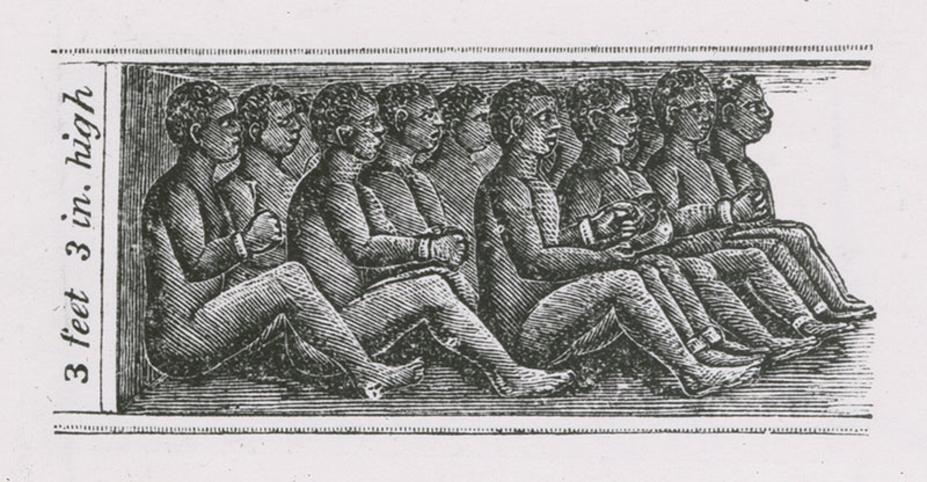
- Mexican native peoples were certainly enslaved by early Spanish colonizers.
- Post-1848, Mexican Americans were legally free and classified as white, so traditional U.S.-style slavery was not applicable to them.
- Forced labor of Mexican POWs during the Texas Revolution represents a form of enslavement but not part of the transatlantic slave trade.
- The social and legal frameworks of slavery in Latin America diverged sharply from the Anglo-American system, influenced by the Casta system and varying colonial policies.
The Bigger Questions: How Do We Define “Mexican” and “Slave”?
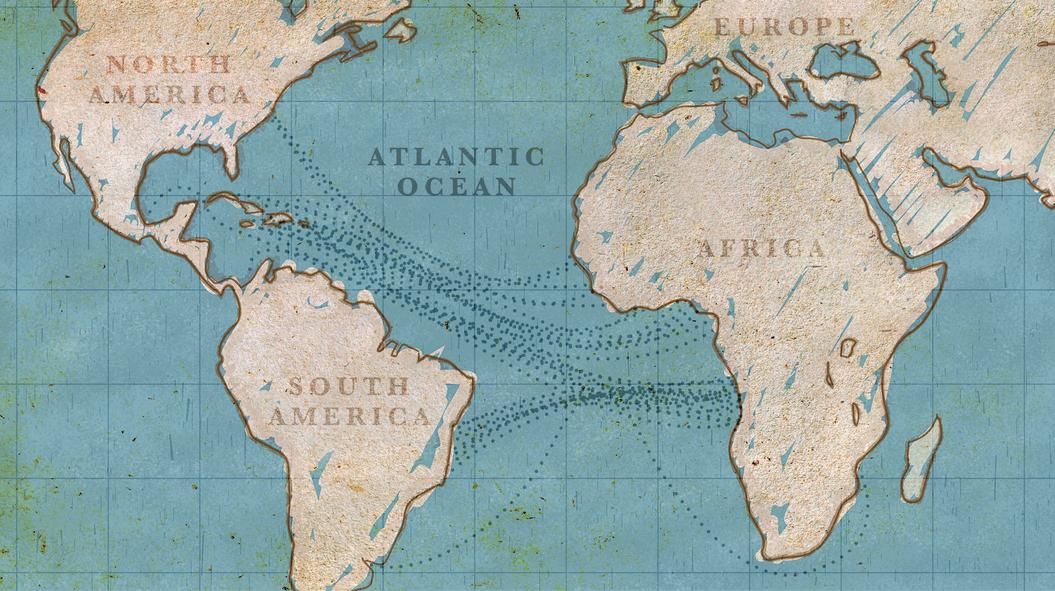
Turns out, “Mexican” is a broad and fluid term. Before modern nation-states existed, indigenous peoples, Spanish colonizers, mestizos, and others formed a complex mixture of identities.
Likewise, slavery wasn’t always “chained and auctioned” in the neat historical categories from U.S. history textbooks. Forced labor, debt peonage, POW leasing, and social control mechanisms form part of a broader landscape of human exploitation.
So, when asking “Were there any Mexican slaves during the slavery trade?” it’s critical to consider:
- Which time period? Early colonial era or post-U.S. expansion?
- Which definition of Mexican—native peoples, colonists, or later Mexican Americans?
- What kind of slavery or forced labor—legal chattel slavery, debt bondage, or wartime enslavement?
Final Thoughts: Understanding the Complex Legacy
This topic challenges simplifications. The idea that ethnic Mexicans were enslaved the same way African Americans were in the U.S. South doesn’t hold up to scrutiny, especially after 1848. But early indigenous slavery and forced labor of Mexican POWs complicate the picture.
As we peel back historical layers, it’s clear that exploitation of native peoples and Mexicans happened in many forms, sometimes legally ambiguous but no less harmful.
History isn’t black and white—or even just crudely “white” and “non-white”—but full of colors in a Casta-style palette. That palette helps explain how people of Mexican heritage could face harsh discrimination yet be legally classified as white, avoiding the hardest forms of chattel slavery.
In the end, exploring this history encourages us to think critically about what slavery means across different cultures and eras, and how law and identity intersect in surprising ways.
Need a takeaway?
If you ever doubt whether Mexicans were part of the slavery narrative, remember: native populations in Mexico were enslaved early on; Mexican Americans after 1848 were legally free; and wartime forced labor blurred definitions. So, yes, Mexican-linked slavery happened, but under different rules and stories than most American histories teach us.
Pretty fascinating, right? History always has a few surprises—and twists—that make us rethink what we thought we knew.
Were there any Native American slaves in regions now called Mexico?
Yes, Native Americans in what is now Mexico were enslaved by Europeans early on. This practice started before African slave labor became dominant.
Could Mexican Americans be legally enslaved after 1848?
No. After the Treaty of Guadalupe Hidalgo, Mexican Americans were legally classified as white. They could not be bought or sold as slaves under U.S. law.
Were Mexican prisoners of war ever used as forced labor?
Yes. After the Texas victory at San Jacinto, some Mexican POWs were leased out for labor, effectively a form of slavery or forced labor.
Was slavery legally permitted in Mexico during colonial times?
Technically, slavery was not allowed in Latin America, including Mexico, though in practice native people could still be forced into servitude.
How did racial systems affect slavery in Mexico compared to British America?
Mexico had a complex caste system blending races, which influenced social hierarchy. British America had stricter racial divisions that shaped slavery differently.
